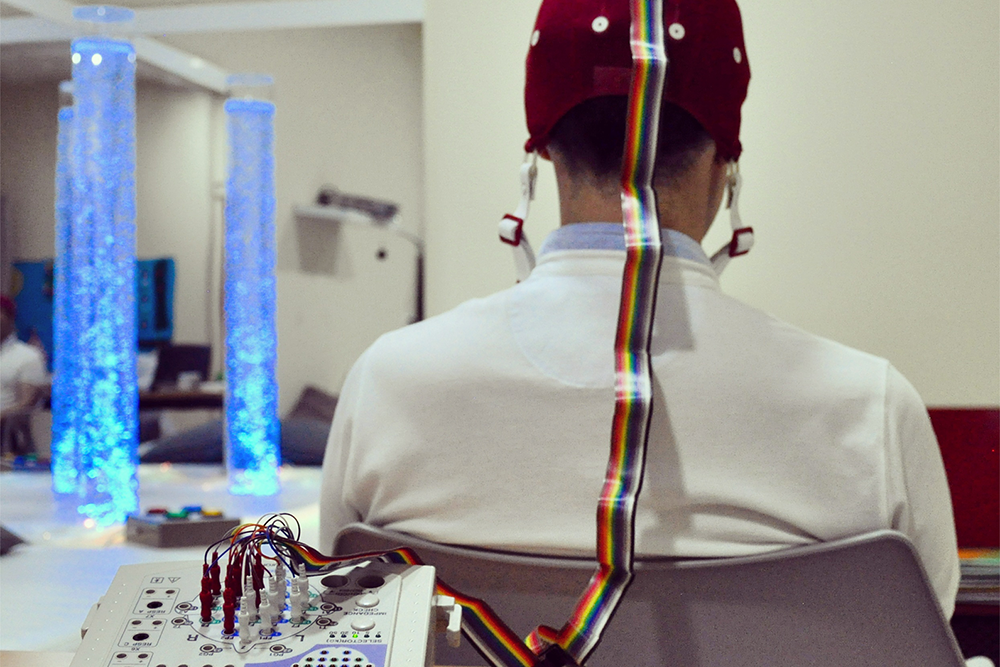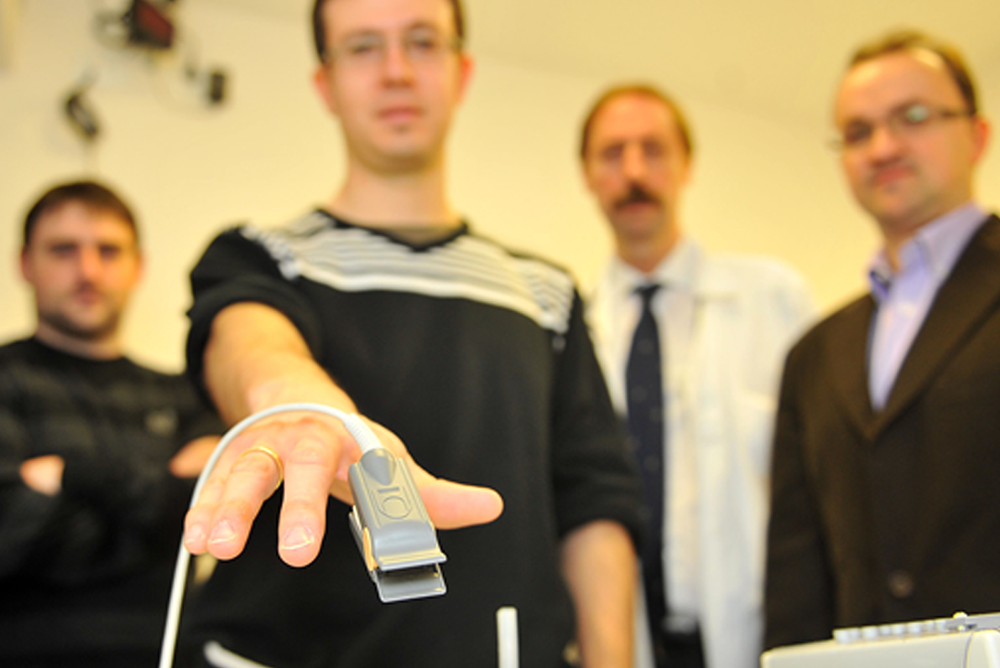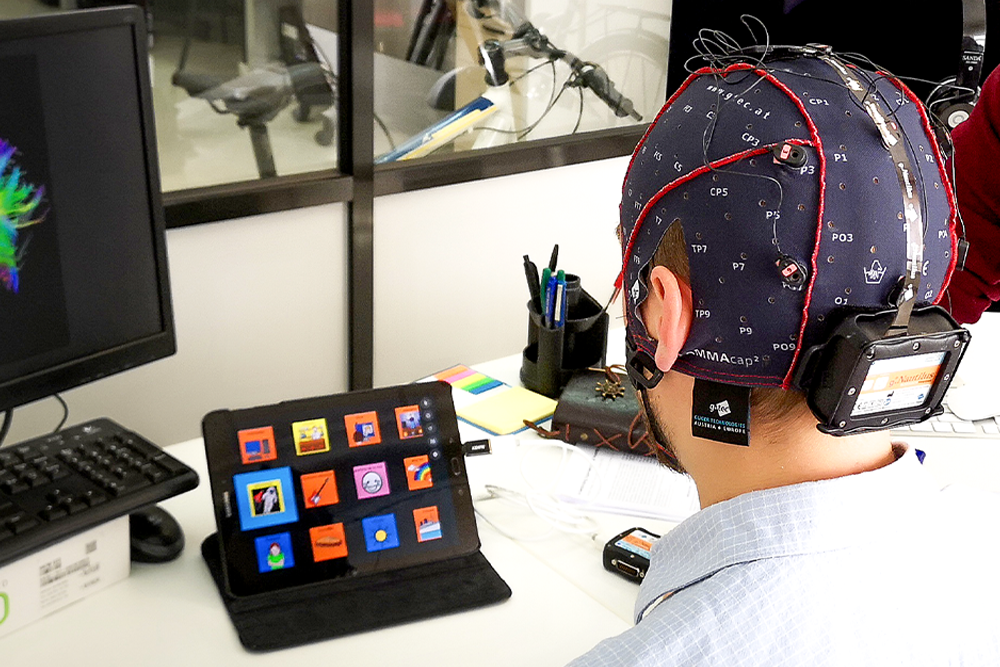The Biomedical Engineering Group of the University of Valladolid (GIB-UVa) is a multidisciplinary research group in the biomedical field created in 2004 at the University of Valladolid. It is part of Centro de Investigación Biomédica en Red de Bioingeniería, Biomateriales y Nanomedicina (CIBER-BBN, CB19/01/00012); in addition, it is a Consolidated Research Group (UIC-060) recognised by "Junta de Castilla y León", and a Recognised Research Group (GIR) by the University of Valladolid. The GIB-UVa is formed by a team of engineers and physicians especialised in different áreas such as neumology, neurology, neurophysiology, psychiatry, and ophthalmology, closely collaborating within four research lines, particularly focused on the application of different advanced processing techniques for medical signal and image analysis, and artificial intelligence methods to develop predictive models for detection, prognosis, and personalised diagnosis of diverse pathologies.
Do you want to work with us?
At the Biomedical Engineering Group we are looking for passionate people, committed to innovation and people's wellbeing.
Research lines

Neural signals analysis
The neuronal oscillatory activity displays the real-time brain functional architecture. This is affected by diverse pathologies, such as Alzheimer's disease, mild cognitive impairment, or schizophrenia. This research line is focused on exploring the alterations those pathologies induce in the neuronal activity.
See more
Analysis of polysomnographic signals
Polysomnography is the main sourve of information for sleep evaluation. The automatic assessment of night cardiorespiratory signals is useful to the detection of pathologies such as obstructive sleep apnoea. Likewise, signal processing techniques and clinical data analysis can provide further information on the chronic respiratory pathologies management, such as obstructive pulmonary disease or asthma.
See more
Brain-Computer Interface Systems
Brain-Computer Interface (BCI) systems allows to establish, by means of a real-time analysis of the user's brainwaves, a direct path of communication between the brain and an external device using netiher muscles nor peripheric nerves. Our research line is focused on designing, developing, and assessing noninvasive BCI systems through different applications such as communication and control, leisure, cognitivie training or neurorehabilitation.
See more
Image analysis in ophthalmology
Fundus digital images are an invaluable tool to early detect a wide variety of ophthalmological conditions. In this regard, our artificial intelligence approach allows us to identify patterns and abnormalities in retinal images that could indicate the presence of different eye-related conditions. Moreover, the use of explainable artificial intelligence methods make it easier for physicians and patients to fully comprehend the decisión making process of the proposed models, providing reliability and clarity to the diagnostic process.
See more



